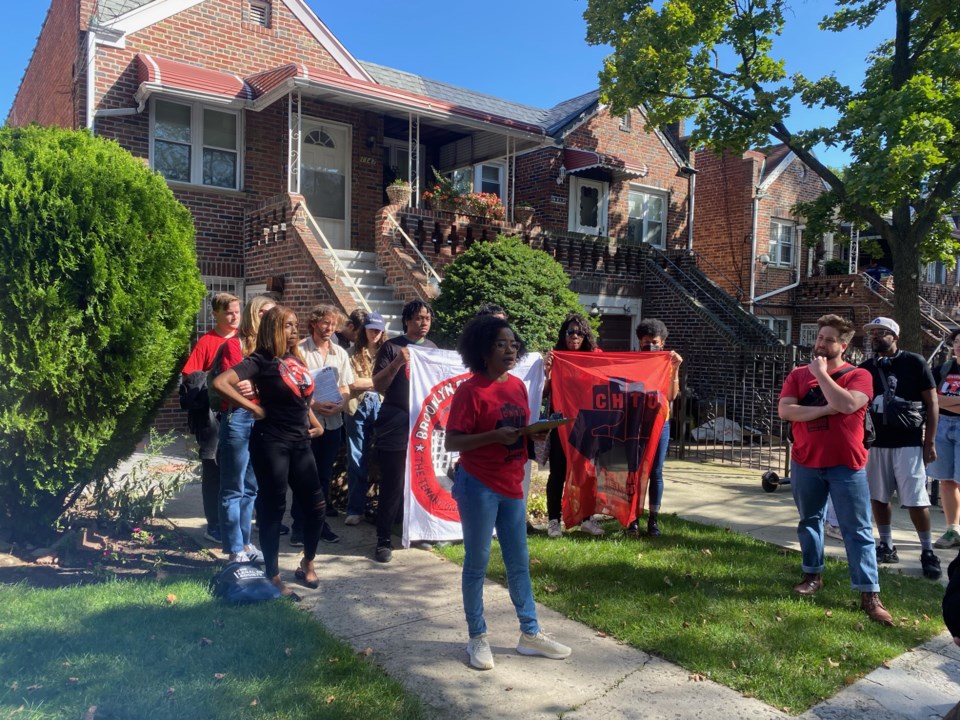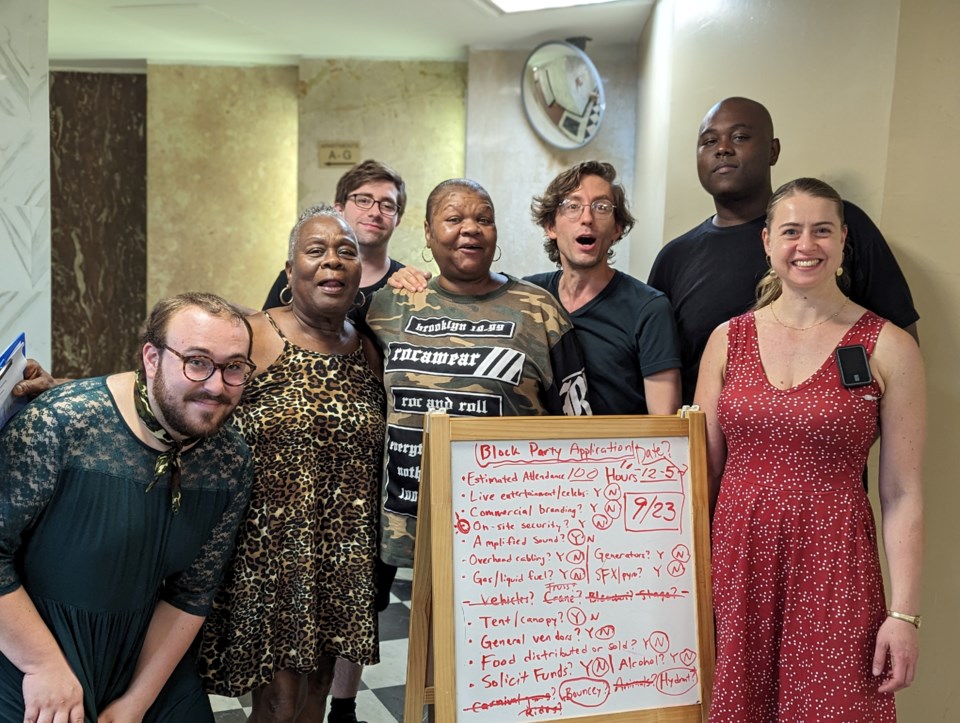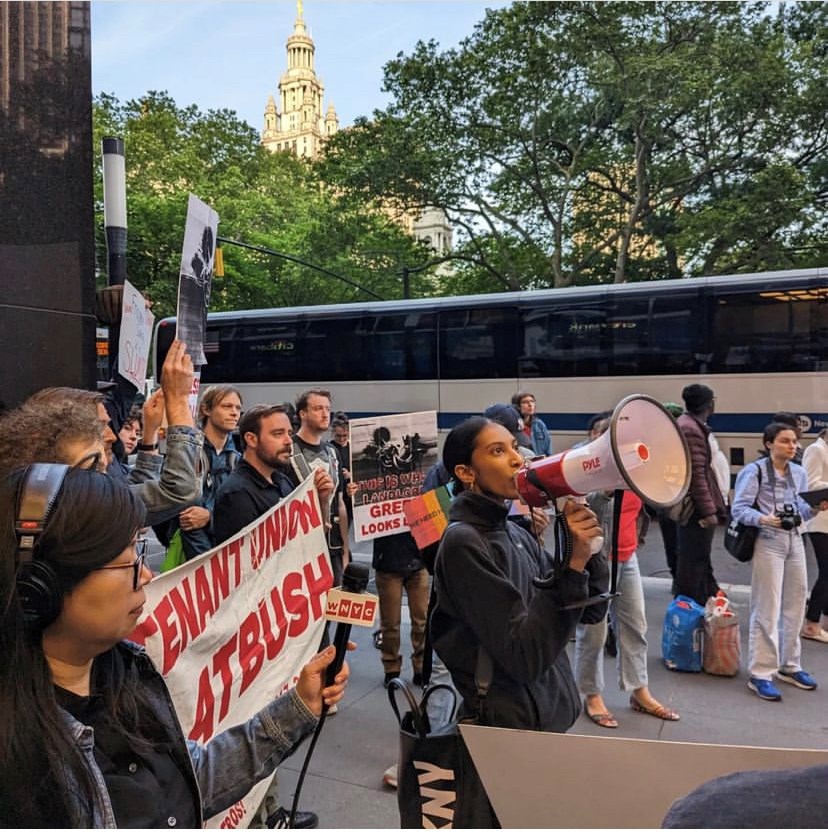Tenant unions are spreading across Brooklyn, and a fast-growing rank of building captains is right at the center.
Building captains are a new group of self-appointed volunteers who serve as dedicated facilitators of tenant organizing to fight back against landlords, in their own buildings and across their neighborhoods.
The term “building captain” is relatively new, coined by leaders of Tenant Union Flatbush last spring. Initially, building captains were the leaders of their tenant associations, but the scope of the role has since expanded, said TUF member David Jenkins.
Now, the main objective of a building captain is to act as a liaison between tenants and tenant unions, Crown Heights Tenant Union member Ben M. said.
CHTU held its first building captain training session on Sept. 23, bringing around two dozen new building captains into the fold.
"It's a middle layer of leadership that really connects the base of the union with this larger political mission,” Ben said.

What do building captains do?
The primary job of a building captain is to connect tenants and tenant associations to one another to leverage their bargaining power to find solutions to landlord disputes.
Building captains also stay up to date on relevant laws on tenant rights and attend meetings and workshops from other tenant groups to gain insights to share with other unions and associations.
Captains also play a vital role in helping leaders of new tenant associations build their organizations by participating in recruitment efforts.

When Jenkins was first rebuilding his tenant association in 2022 after years of inactivity, Ben joined him in going door-to-door to recruit new members.
Jenkins credits a large part of the victories TUF has achieved, including getting his own landlord cited with 19 violations in July, to the support of other tenant associations and unions with similar goals.
“I think that connection is just so essential to the health of the individual tenant associations,” Jenkins said.
The turnout for the training and the excitement of its attendees demonstrated a demand for further sessions, so CHTU is planning to host another workshop by the end of the year.
This demand is indicative of a “huge desire” among tenants to organize all across the city, sparked by the rent cancellation movement that took off during the pandemic, stories of landlord neglect and recent legal victories against landlords in Brooklyn, Ben said.
“I think it's a kind of powerful moment for the tenant movement because there is a palpable desire all across Brooklyn to start to fight back,” Ben said. “People are saying with increasing confidence that we're not going to live like this anymore; we're not going to live in disrepair. We know that we can live differently and better.”




